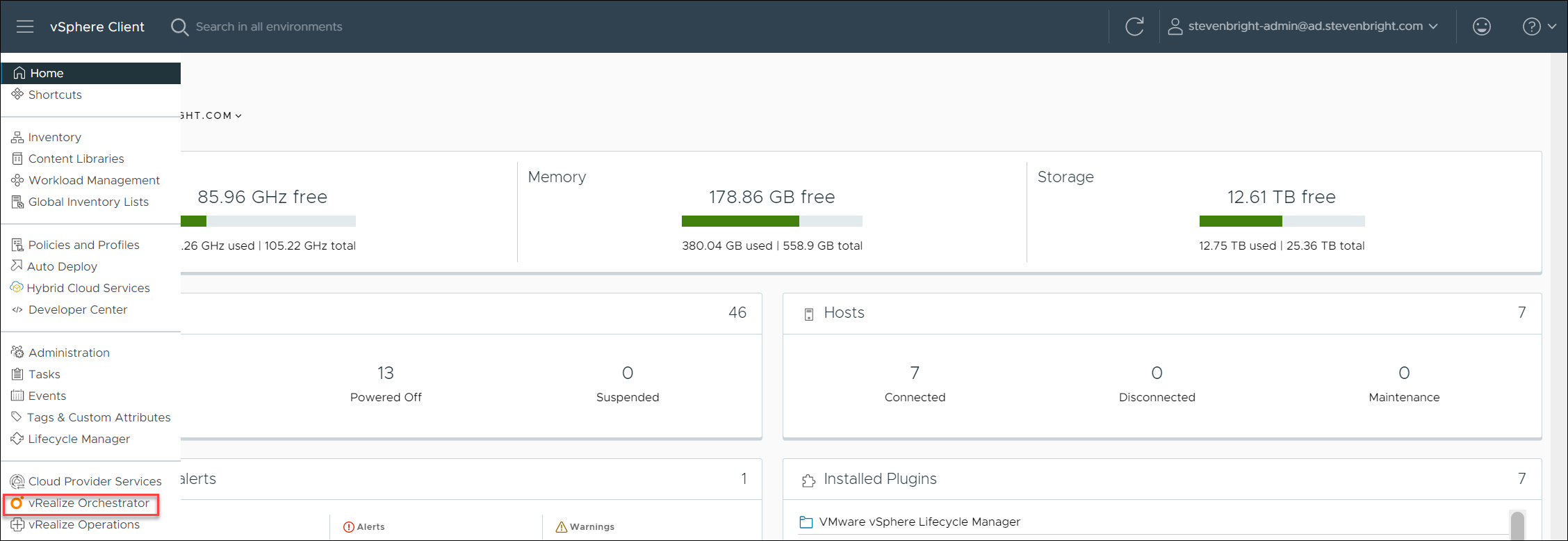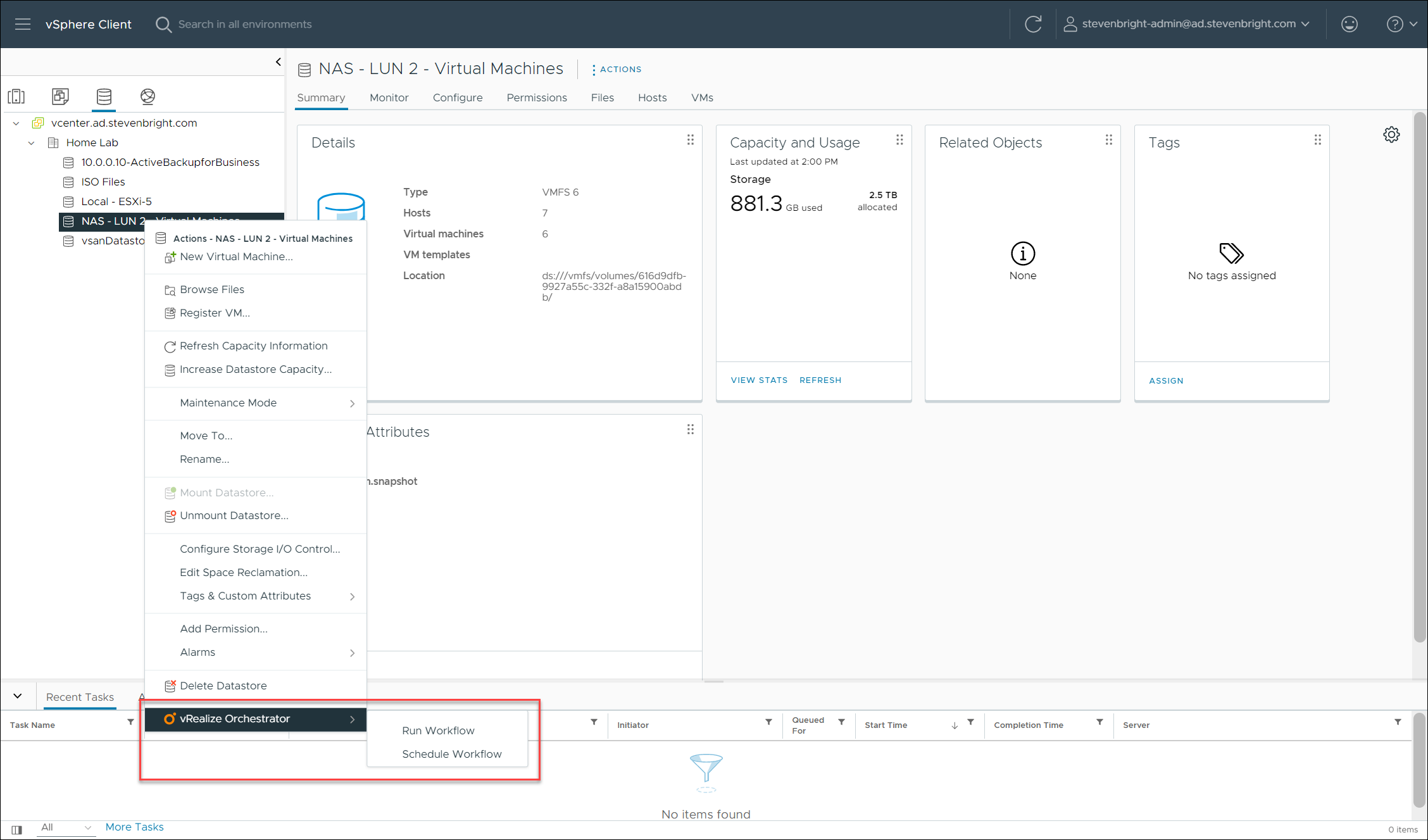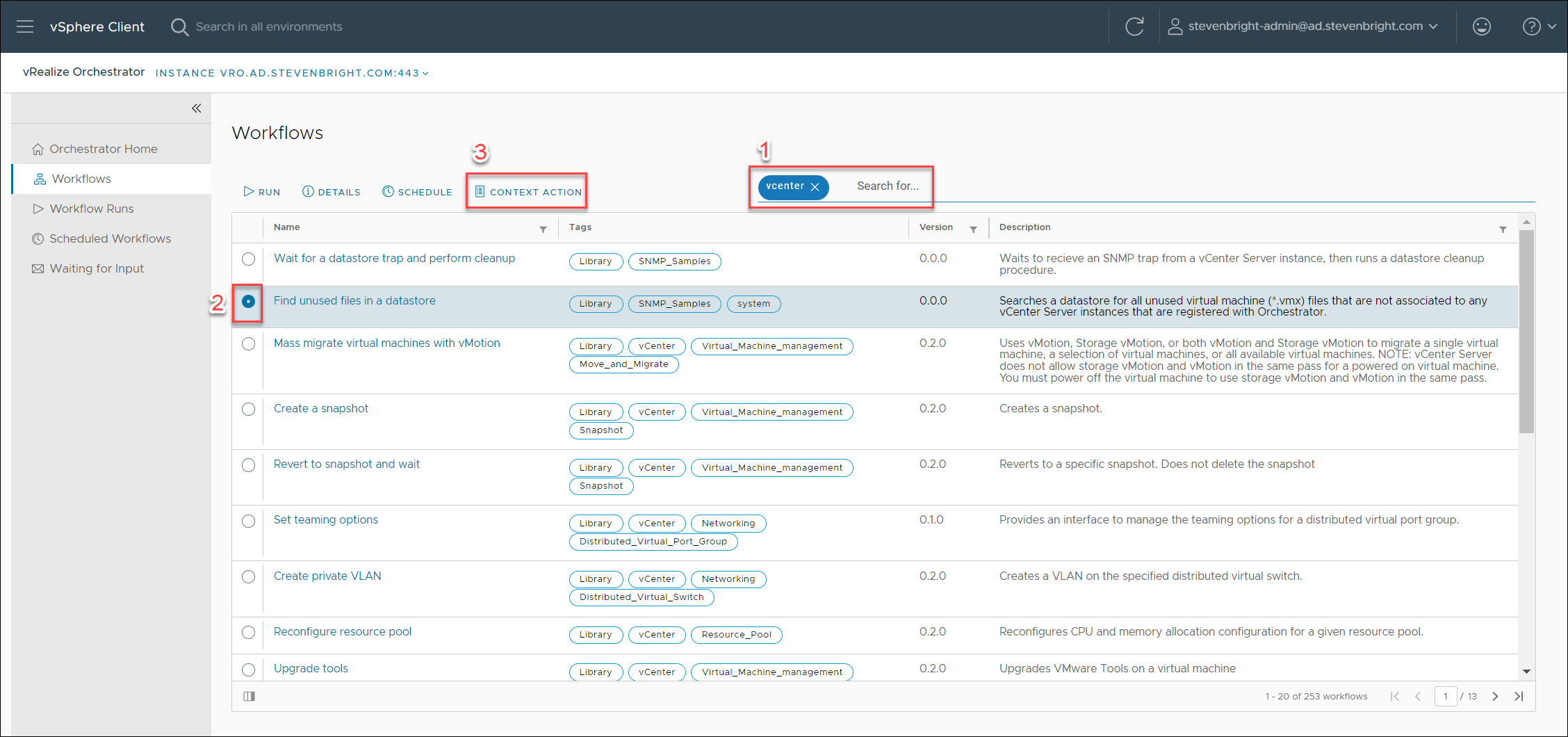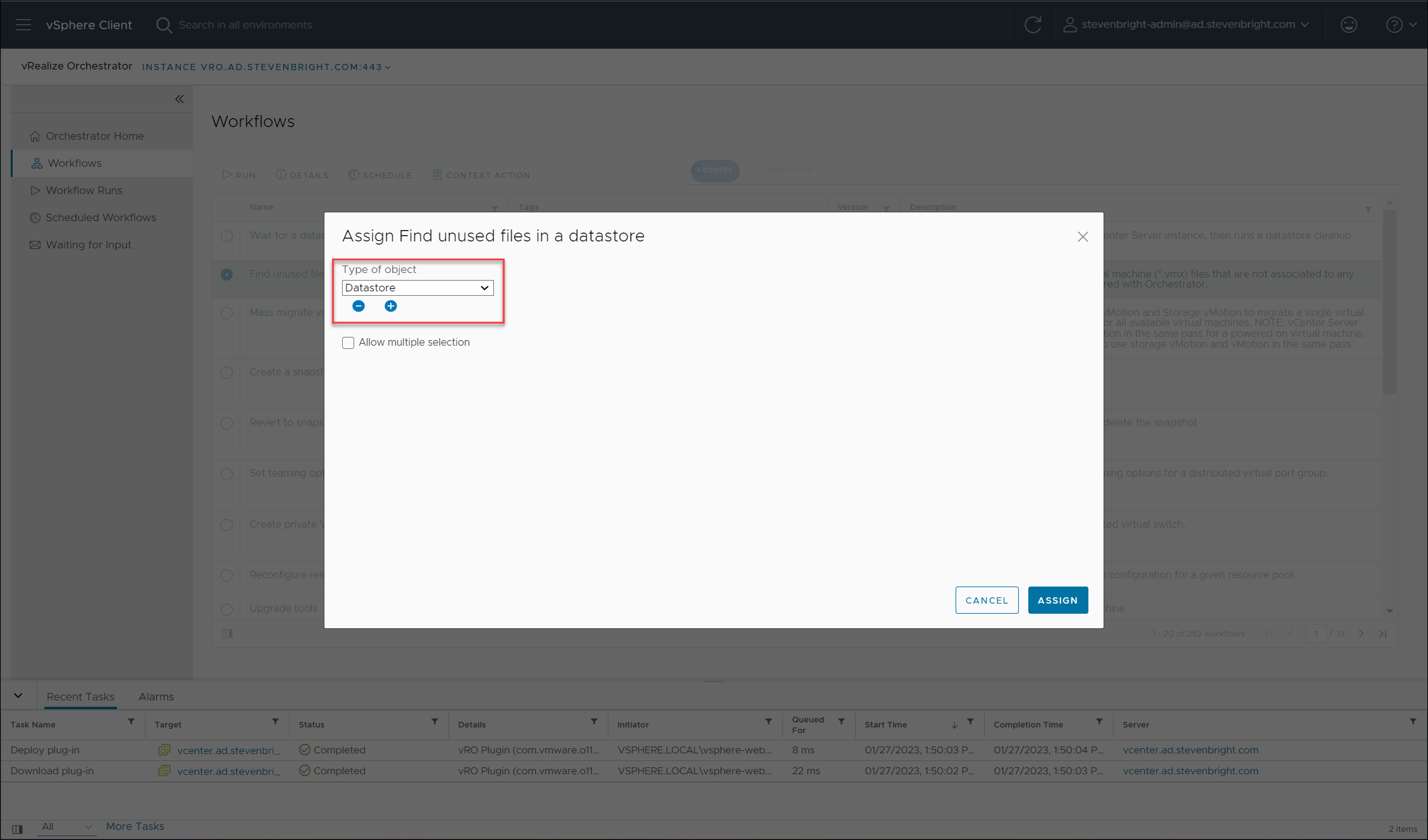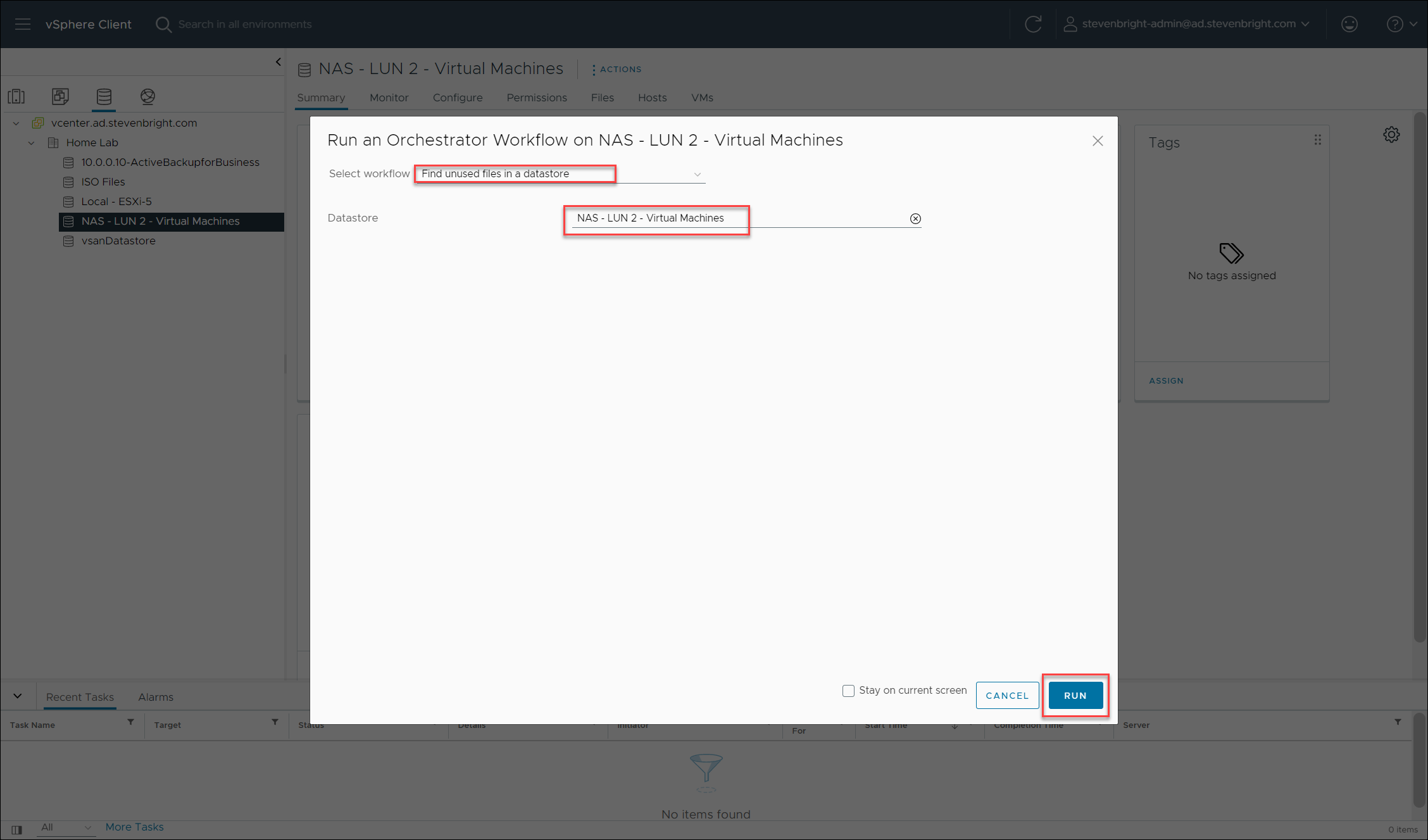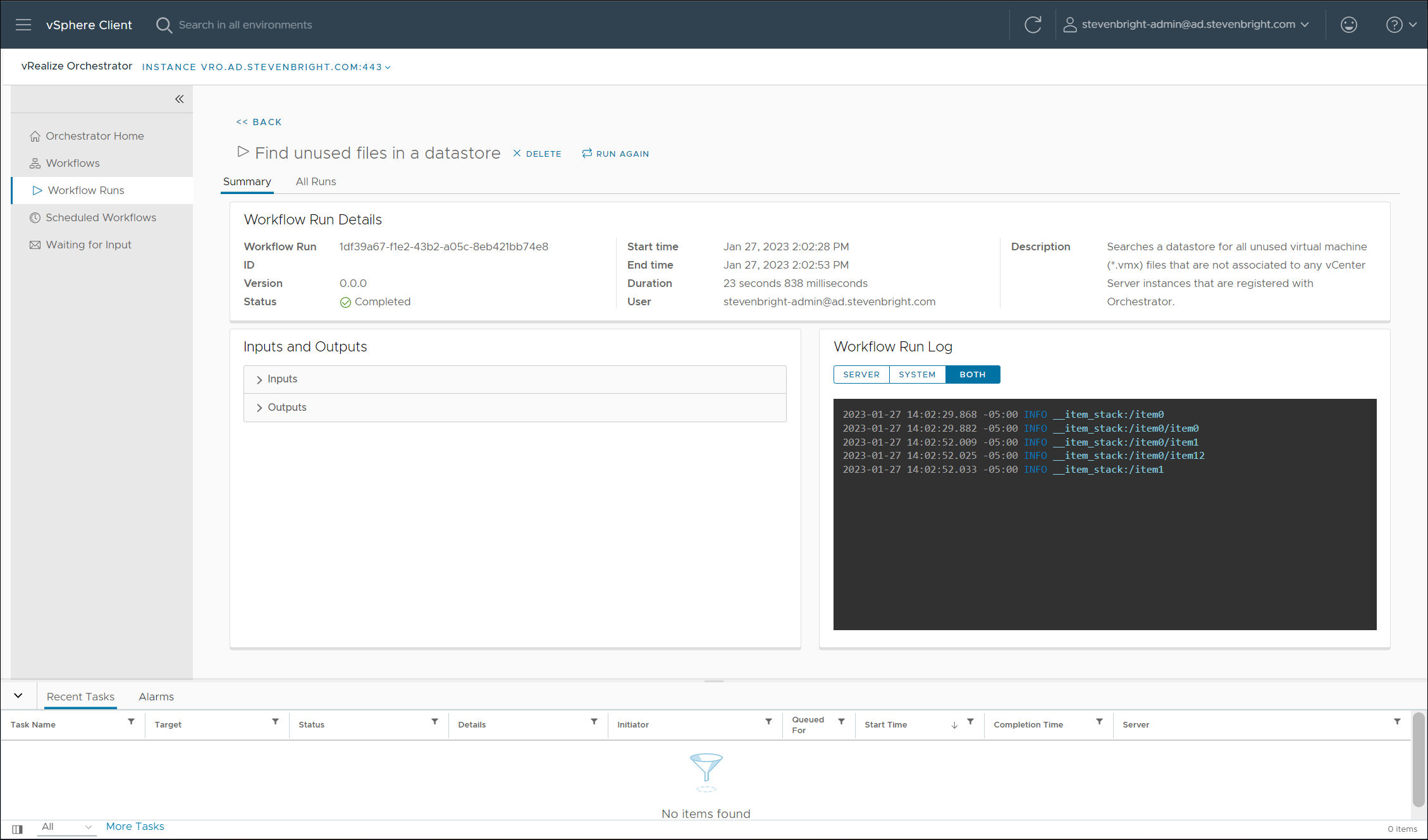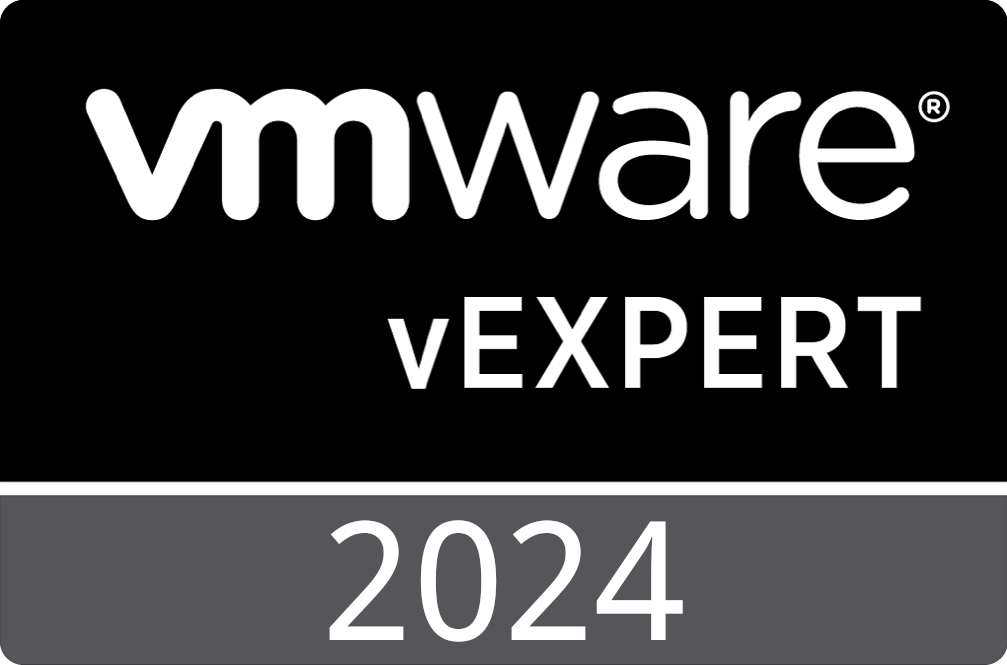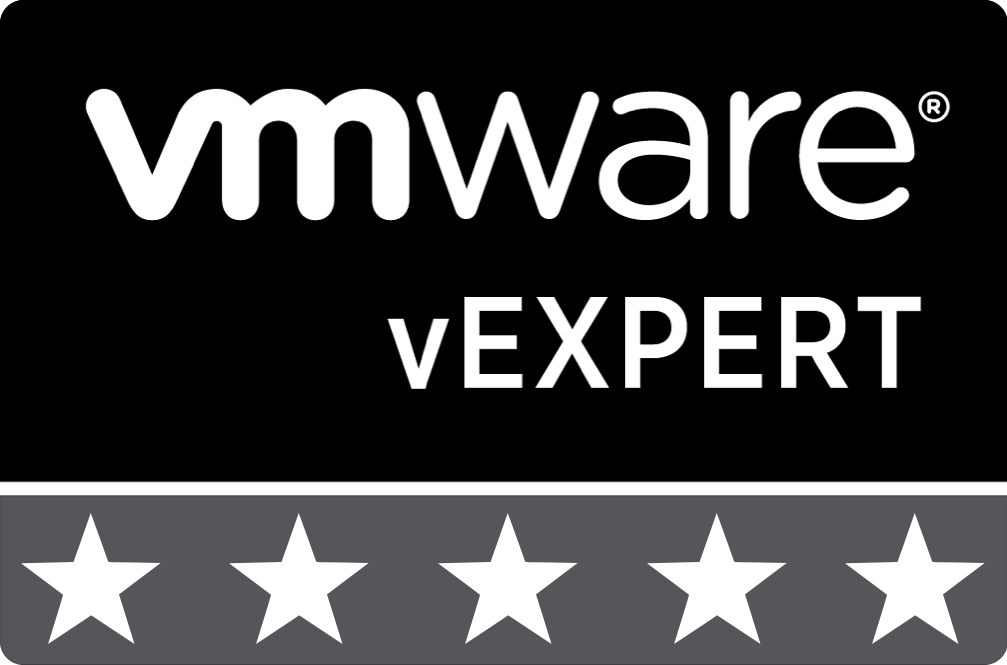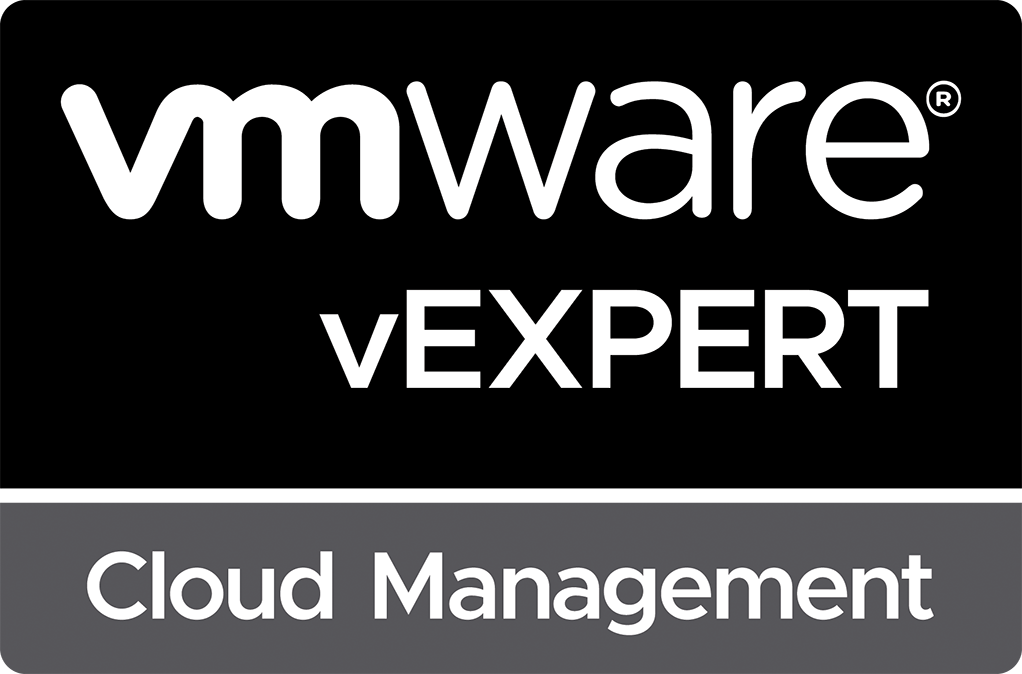
Getting Started with the Aria Automation Orchestrator Plug-in for the vSphere Client
You might not know it from how VMware Aria Automation Orchestrator (formerly VMware vRealize Orchestrator) is marketed today, but originally, Aria Automation Orchestrator was bundled as a component of VMware vCenter Server. Titled VMware vCenter Orchestrator back in the day, it was one of the best ways to automate actions within your VMware vCenter Server. While vCenter Orchestrator was rebranded as vRealize Orchestrator, and now as Aria Automation Orchestrator, it is still included as a feature with each VMware vCenter Server license.
As you can imagine with the product originally being targeted as an automation solution for VMware vCenter Server, VMware Aria Automation Orchestrator includes deep integration within VMware vCenter Server that can make the life of a vCenter Server administrator much easier. In this post, I provide a walkthrough of what is required to add the Aria Automation Orchestrator plug-in (also known as vCOIN) to the VMware vSphere Client to allow for easy execution of workflows directly from the context menus within the VMware vSphere Client today.
Requirements
First off, while many customers today utilize VMware Aria Automation Orchestrator as a component of VMware Aria Automation, deployment of the Aria Automation Orchestrator Plug-in to the VMware vSphere Client requires that your VMware Aria Automation Orchestrator be a stand-alone deployment. This means that if you rely on the VMware Aria Automation Orchestrator instance embedded within the VMware Aria Automation appliances, you will be required to deploy a new stand-alone instance of VMware Aria Automation Orchestrator.
Additionally, the stand-alone instance of VMware Aria Automation Orchestrator must be configured to utilize VMware authentication as the authentication provider. This requirement also excludes the use of Aria Automation Lifecycle to deploy and manage this instance of VMware Aria Automation Orchestrator as Aria Automation Lifecycle enforces the use of VMware Identity Manager/Aria Automation (vRealize Automation) authentication.
You must add the VMware vCenter Server instance into the inventory of the VMware Aria Automation Orchestrator instance in order for it to execute workflows on your VMware vCenter Server objects.
The final requirement is the use of VMware vSphere 7.0 U1 and later. Since VMware vSphere releases before 7.0 have all reached the end of general support, this should be an easy requirement to satisfy.
Adding the Plug-in to vCenter Server
If you are familiar with previous integrations of VMware Aria Automation Orchestrator within the VMware vSphere Client, you might be tempted to jump right into the VMware Aria Automation Orchestrator Client and kick off the workflow titled “Register vCenter Orchestrator as a vCenter Server extension”. This however would be incorrect. This legacy workflow registers the legacy local plug-in within the VMware vSphere Client. Local plug-ins for the VMware vSphere Client were deprecated in 2021 and the plug-in actually shows up as unsupported when registered with the VMware vSphere Client.
Instead, your first step is to SSH to your VMware Aria Automation Orchestrator appliance and to execute the following CLI command that enables support for the Aria Automation Orchestrator Plug-in for the VMware vSphere Client:
vracli capabilities vcoin –enable
Whenever the command completes, you will see the following output that states the appliance is “Pending redeploy”.
Since our appliance is awaiting redeploy of the Aria Automation Orchestrator containers, our next step is to execute the following command:
/opt/scripts/deploy.sh
You will see a large amount of information output to your console. Please do not interrupt this process as it can take some time to complete. Upon completion, you’ll see out similar to the following:
Our next step is to register the Aria Automation Orchestrator Plug-in for the VMware vSphere Client (vCOIN) with our VMware vCenter Server instance. This is accomplished by executing the following:
vracli vro vcoin register --insecure -u username -vcu https://vSphere FQDN/sdk
Be sure to update username with the name of a user account with permission to register extensions and update vSphere FQDN with the FQDN of your VMware vCenter Server instance. You will be prompted to provide the password for this account after executing the CLI command. The command then connects to the VMware vCenter Server instance, registers the plug-in, and notifies you of completion. If this process is successful, you will see a response similar to the one below:
Now, check back in with your VMware vSphere Client and you will see that a new plug-in has been registered.
Introduction to the Plug-in User Interface
The Aria Automation Orchestrator Plug-in for the VMware vSphere Client has two methods of interaction. The first portion of the plug-in that you should familiarize yourself with is accessed by selecting vRealize Orchestrator from the left-side navigation menu within the VMware vSphere Client.
You are then presented with a user interface that contains allows you to accomplish the following:
- Assign workflows to context menus for vCenter Server objects
- View all workflows available for use
- View all previous workflow runs
- Schedule future workflow runs
- View and respond to workflows that are waiting for additional input
The second method of interacting with the plug-in is accessed by selecting an object with the VMware vCenter Server inventory and opening the context menu for the object. The context menu options presented allow you to either run a workflow or schedule a workflow.
Adding Additional Workflows to the Context Menu
While VMware provides several useful workflows within VMware Aria Automation Orchestrator, you may have your own workflows that you would like to expose within the VMware vSphere Client. To accomplish this, you must define them for use within the plug-in’s configuration. To get started, select the vRealize Orchestrator option from the VMware vSphere Client’s left navigation menu. Next, select Workflows on the left side of the user interface to load the list of available workflows. Find the workflow that you wish to add by filtering/searching and selecting it from the list. Next, click the CONTEXT ACTION button.
You are presented with a new screen that asks you for the type of objects that should include this workflow in their context menu. You can add multiple object types on this screen, if necessary, by clicking on the + button. In the case of the example above, the workflow searches a datastore for unused files, so it would make sense to add this workflow to the context menu of datastore objects. Once you are finished, click the ASSIGN button to save your changes.
Executing Workflows on a vCenter Object
Now that we have assigned a new workflow to the context menu of our VMware vCenter Server datastore objects, let’s test it out. To accomplish this, browse to the datastore objects within the VMware vCenter Server instance, right-click on a datastore and select the vRealize Orchestrator > Run workflow option. The resulting screen will have a drop-down list of all workflows that have been configured for execution against datastore objects. Select the workflow titled “Find unused files in a datastore”. Notice that the input field for the workflow is presented to you and the datastore is already filled in. Click the RUN button to kick off the workflow execution.
Upon clicking the RUN button, you are redirected to the plug-in’s Workflow Runs UI with the details for your current workflow run. This view shows the status of the workflow being executed, the inputs and outputs, as well as the runtime log for the workflow run.
From here, you can easily monitor the execution of the workflow and review any log information or outputs that are generated. Additionally, you also have the option to cancel the workflow run or to run it again.
Conclusion
The Aria Automation Orchestrator Plug-in for the VMware vSphere Client is a powerful addition to your VMware vCenter Server that allows you to execute any automated workflow that you can create all from within a context-sensitive environment. This allows you to implement standardized workflows that can easily be consumed by your operations teams ensuring that complex tasks can be completed with ease in a repeatable fashion while allowing for deep integration with third-party systems via the power of VMware Aria Automation Orchestrator.
See Also
- Managing ESXi Local User Accounts from Aria Automation Orchestrator -
- Getting Started with the Synology Storage Console for VMware -
- Automated Snapshot Cleanup with VMware Aria Operations -
- VMware Aria Automation 8.11.1 is Now Available -
- Managing ESXi Local User Accounts from vCenter Server Using PowerCLI -
Search
Get Notified of Future Posts
Recent Posts




